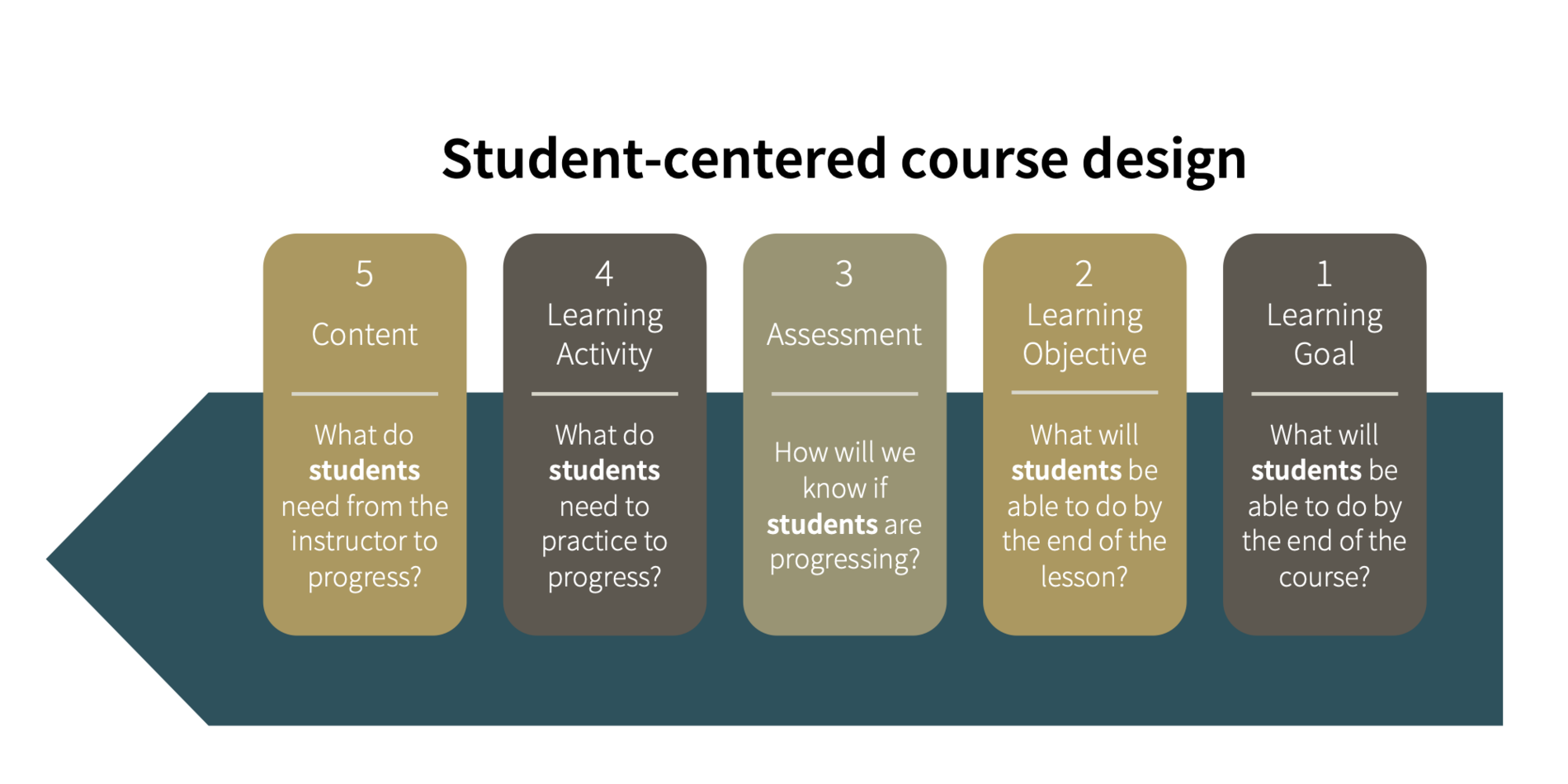Understanding the Importance of Program Evaluation
Evaluating educational programs is essential for ensuring their effectiveness and impact on student learning. By assessing various aspects of a program, educators can identify strengths, weaknesses, and areas for improvement. Here are twelve key tips to guide educators in evaluating programs effectively.
1. Define Clear Objectives and Goals
Before evaluating a program, it’s crucial to establish clear objectives and goals. What outcomes do you hope to achieve? What specific metrics will you use to measure success? By defining clear objectives from the outset, you’ll have a roadmap to guide your evaluation process.
2. Identify Key Stakeholders and Collaborators
Involving key stakeholders and collaborators in the evaluation process is essential for gathering diverse perspectives and insights. Engage teachers, administrators, students, parents, and community members in the evaluation process to ensure a comprehensive assessment of the program’s effectiveness.
3. Determine Appropriate Evaluation Methods
There are various evaluation methods and tools available, including surveys, interviews, observations, and performance assessments. Consider which methods are most appropriate for gathering data on the program’s impact, taking into account factors such as budget, time constraints, and the nature of the program.
4. Collect Relevant Data
Gather data from multiple sources to provide a comprehensive picture of the program’s effectiveness. This may include quantitative data such as test scores and attendance records, as well as qualitative data such as student feedback and observations. Ensure that the data collected aligns with the objectives of the evaluation.
5. Analyze Data Objectively and Thoroughly
Once data has been collected, it’s important to analyze it objectively and thoroughly. Look for patterns, trends, and correlations in the data, and consider how these findings relate to the program’s objectives and goals. Use both quantitative and qualitative data to gain a comprehensive understanding of the program’s impact.
6. Consider Contextual Factors
When evaluating a program, it’s essential to consider contextual factors that may influence its effectiveness. This may include factors such as student demographics, school culture, resources, and external challenges. By taking these factors into account, you can better understand the unique context in which the program operates.
7. Seek Feedback from Participants
Gather feedback from participants in the program, including teachers, students, parents, and administrators. Their perspectives can provide valuable insights into the strengths and weaknesses of the program, as well as suggestions for improvement. Be open to constructive criticism and use feedback to inform your evaluation process.
8. Assess Implementation Fidelity
Evaluate the extent to which the program has been implemented as intended. Are teachers following the program’s guidelines and protocols? Are resources being used effectively? Assessing implementation fidelity is essential for understanding whether the program is being delivered as planned and identifying areas for improvement.
9. Monitor Progress Over Time
Program evaluation is an ongoing process that should be conducted at various intervals to monitor progress over time. Regularly assess the program’s impact and effectiveness, and make adjustments as needed based on the findings of your evaluations. Monitoring progress over time allows educators to track changes and improvements in the program’s outcomes.
10. Communicate Findings Effectively
Once the evaluation is complete, it’s important to communicate the findings effectively to stakeholders and collaborators. Present the data in a clear and accessible manner, using visual aids such as charts, graphs, and tables to highlight key findings. Be transparent about the strengths and weaknesses of the program, and provide recommendations for improvement.
11. Use Findings to Inform Decision-Making
The findings of the program evaluation should be used to inform decision-making and drive continuous improvement. Identify areas where the program is excelling and areas where it can be strengthened, and develop action plans to address any identified issues. By using evaluation findings to guide decision-making, educators can ensure that programs are responsive to the needs of students and stakeholders.
12. Commit to Continuous Improvement
Finally, commit to continuous improvement by regularly revisiting and updating the evaluation process. As programs evolve and circumstances change, it’s important to adapt evaluation methods and criteria accordingly. By embracing a culture of continuous improvement, educators can ensure that programs remain relevant, effective, and impactful. Read more about twelve tips for evaluating educational programs





